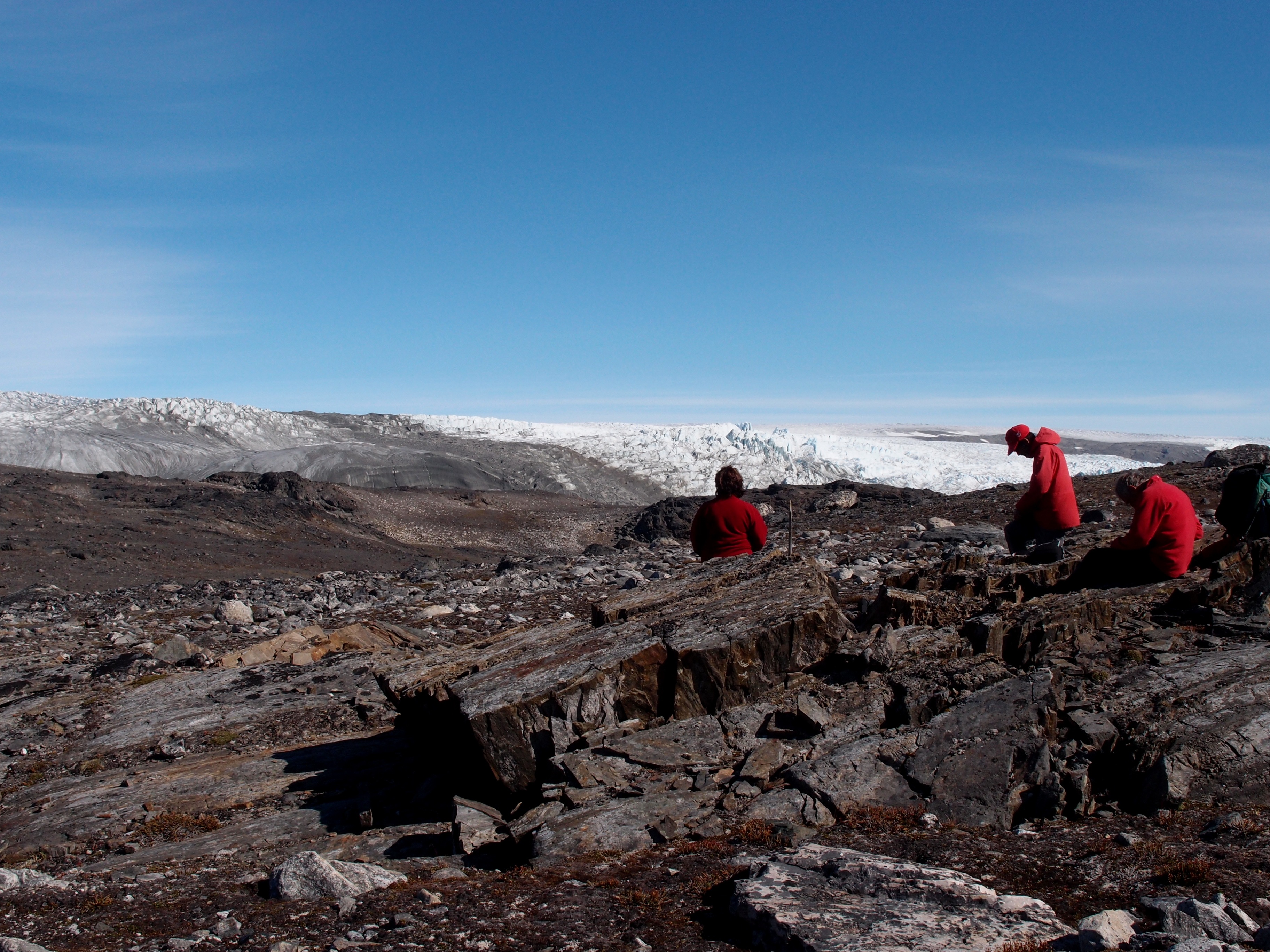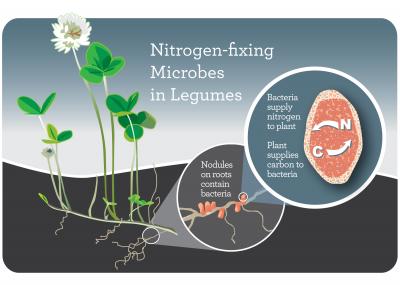Hunt for Life on Mars Could Target Nitrogen

Nitrogen is one of the essential nutrients for life on Earth, and some organisms, such as the kinds of microbes found within the roots of legume plants, are capable of converting nitrogen gas into molecules that other species can use.
Nitrogen fixation, as the process is called, involves breaking the powerful chemical bonds that hold nitrogen atoms in pairs in the atmosphere and using the resulting single nitrogen atoms to help create molecules such as ammonia, which is a building block of many complex organic molecules, such as proteins, DNAand RNA.
With organisms playing such a crucial role in the chemistry of nitrogen on Earth, scientists are examining nitrogen in ancient rocks to decipher its potential as a biosignature of life on other planets. New findings in this area of research appeared recently in a paper titled "Nitrogen in Ancient Mud: A Biosignature?" which was published in the journal Astrobiology. [6 Most Likely Places for Alien Life in the Solar System]
“This study identifies nitrogen abundances as a potential tool to detect remnants of life on Mars," said one of the study's authors, Eva Stüeken, an astrobiologist at the University of Washington at Seattle and the University of California at Riverside.

However, there are mechanisms other than life that can fix nitrogen. These abiotic nitrogen fixation processes include lightning, volcanism, shockwaves from cosmic impacts and chemical reactions inside hydrothermal vents. As such, it is uncertain whether high nitrogen levels seen in certain ancient rocks on Earth are indeed biogenic (biological) in origin.
Stüeken focused on 3.8 billion-year-old rocks from the Isua Supracrustal Belt in Greenland. Previous researchers interpreted organic carbon molecules in those rocks as biogenic, a controversial finding because the widely accepted scientific date for earliest life has been a younger 3.5 billion years.
"It is possible to make organic carbon even in the absence of life,” Stüeken said. “So those studies have been viewed with skepticism by some researchers, and an independent biosignature was needed."
Get the Space.com Newsletter
Breaking space news, the latest updates on rocket launches, skywatching events and more!
Stüeken set out to see if nitrogen could serve as a biosignature instead, focusing on the relatively high nitrogen levels found in the mineral biotite, which is present in the Isua rocks.
"The nitrogen concentrations are close to what one would find in modern mud," Stüeken said. "So I asked myself if this amount of nitrogen could possibly result from abiotic sources."
In Earth's earliest history, abiotic processes may have been much more important to nitrogen fixation than biological ones, but nobody had tested the hypothesis, Stüeken said. "I was determined to find out when life began to dominate the global nitrogen cycle," she added.
Stüeken developed a model of abiotic nitrogen processes that could have played a role in early Earth. The results showed that such abiotic processes alone could not explain the nitrogen levels seen in the Isua rocks.
"Under abiotic conditions, it is impossible to accumulate so much nitrogen in sediments," Stüeken said. "Life, on the other hand, can easily accumulate so much nitrogen." As such, "the results provide more evidence of an early origin of life on Earth — before 3.8 billion years ago," Stüeken said.
This research suggests that analyzing nitrogen levels could help detect signs of life on Mars, Stüeken said. "Nitrogen abundances are relatively easy to measure by a rover, making this a useful tool for upcoming Mars missions."
Financial support was provided by the NASA postdoctoral fellowship program.
This story was provided by Astrobiology Magazine, a web-based publication sponsored by the NASA astrobiology program. Follow Space.com @Spacedotcom, Facebook and Google+.
Join our Space Forums to keep talking space on the latest missions, night sky and more! And if you have a news tip, correction or comment, let us know at: community@space.com.

Charles Q. Choi is a contributing writer for Space.com and Live Science. He covers all things human origins and astronomy as well as physics, animals and general science topics. Charles has a Master of Arts degree from the University of Missouri-Columbia, School of Journalism and a Bachelor of Arts degree from the University of South Florida. Charles has visited every continent on Earth, drinking rancid yak butter tea in Lhasa, snorkeling with sea lions in the Galapagos and even climbing an iceberg in Antarctica. Visit him at http://www.sciwriter.us










